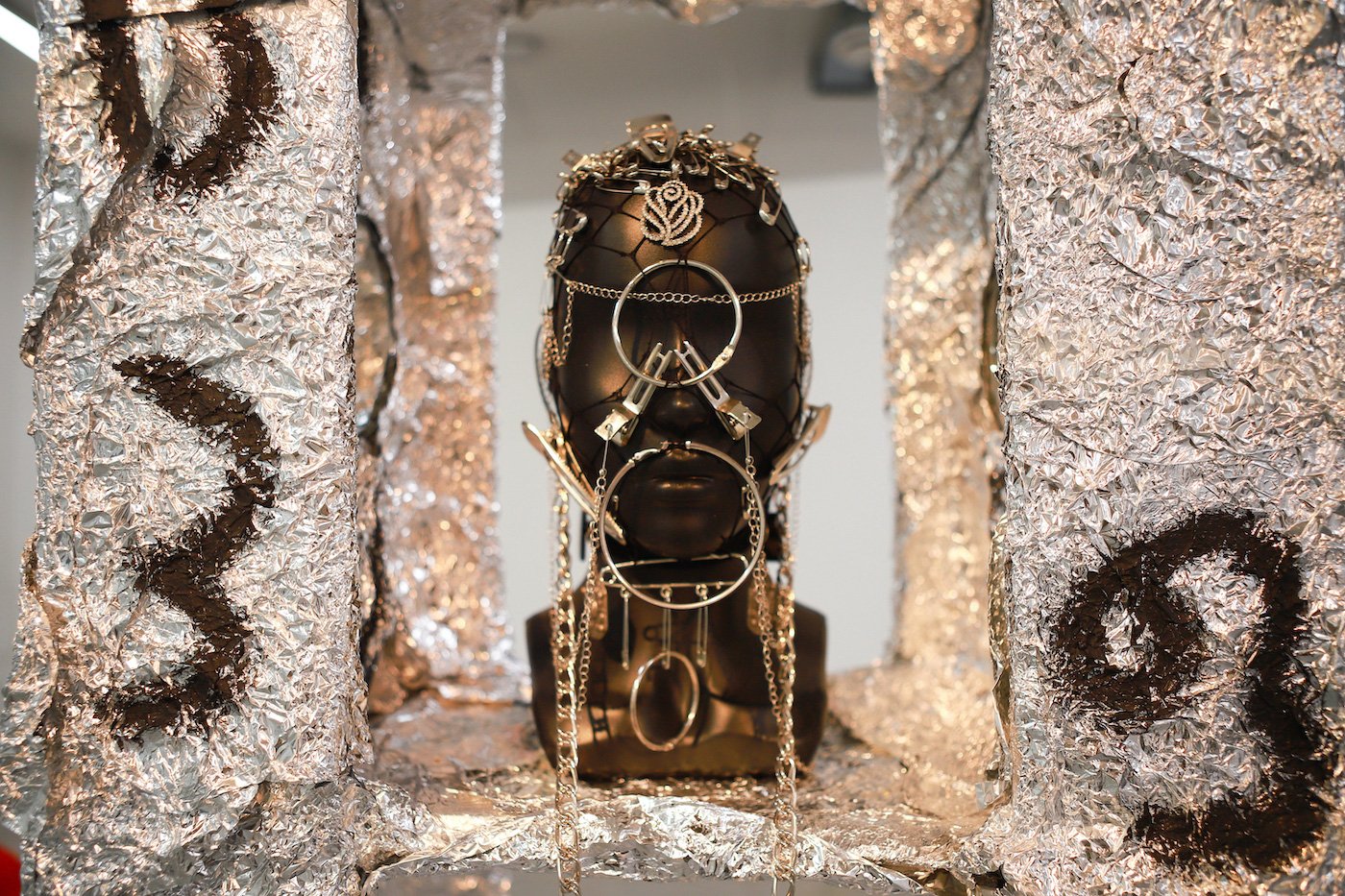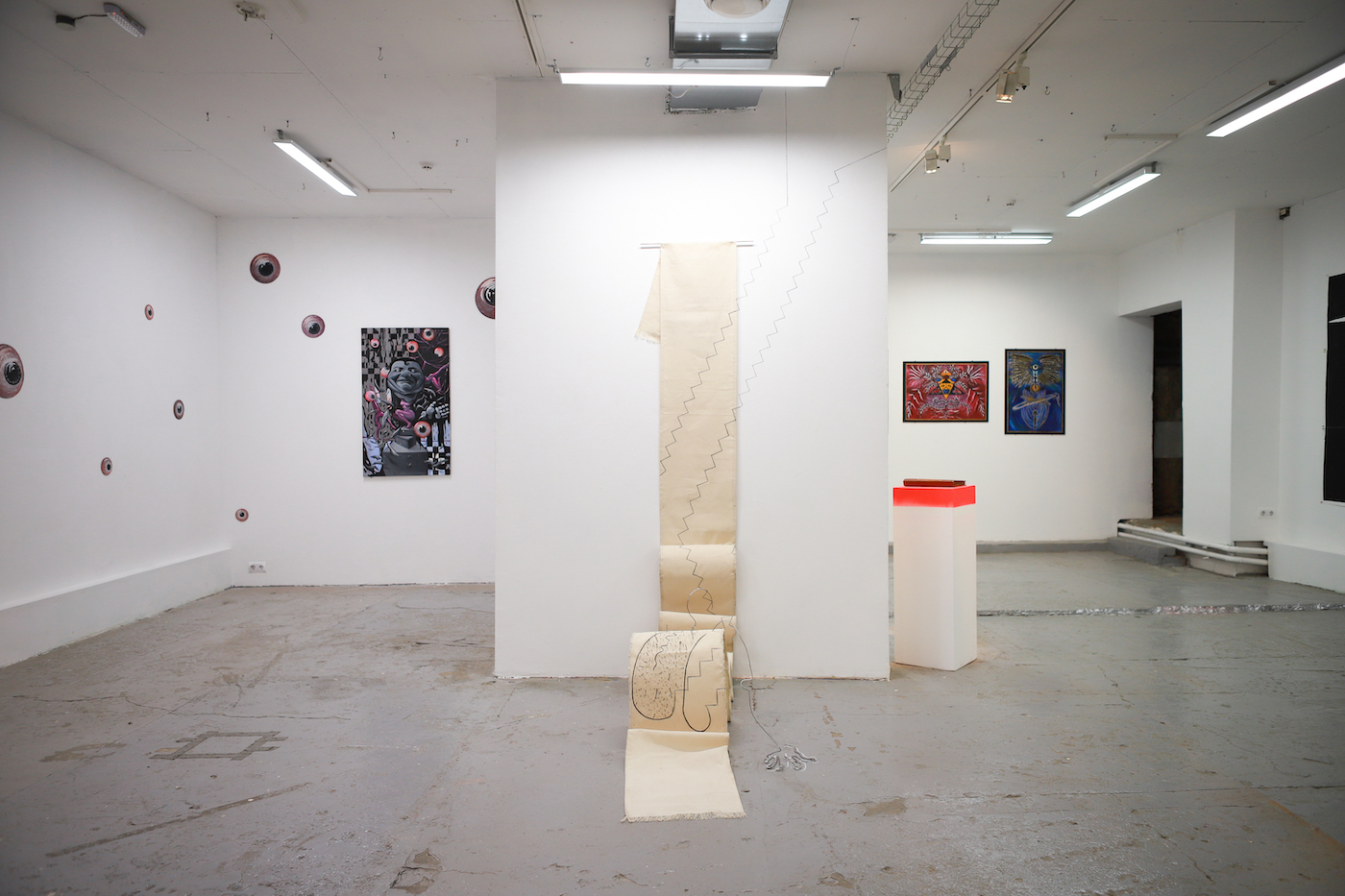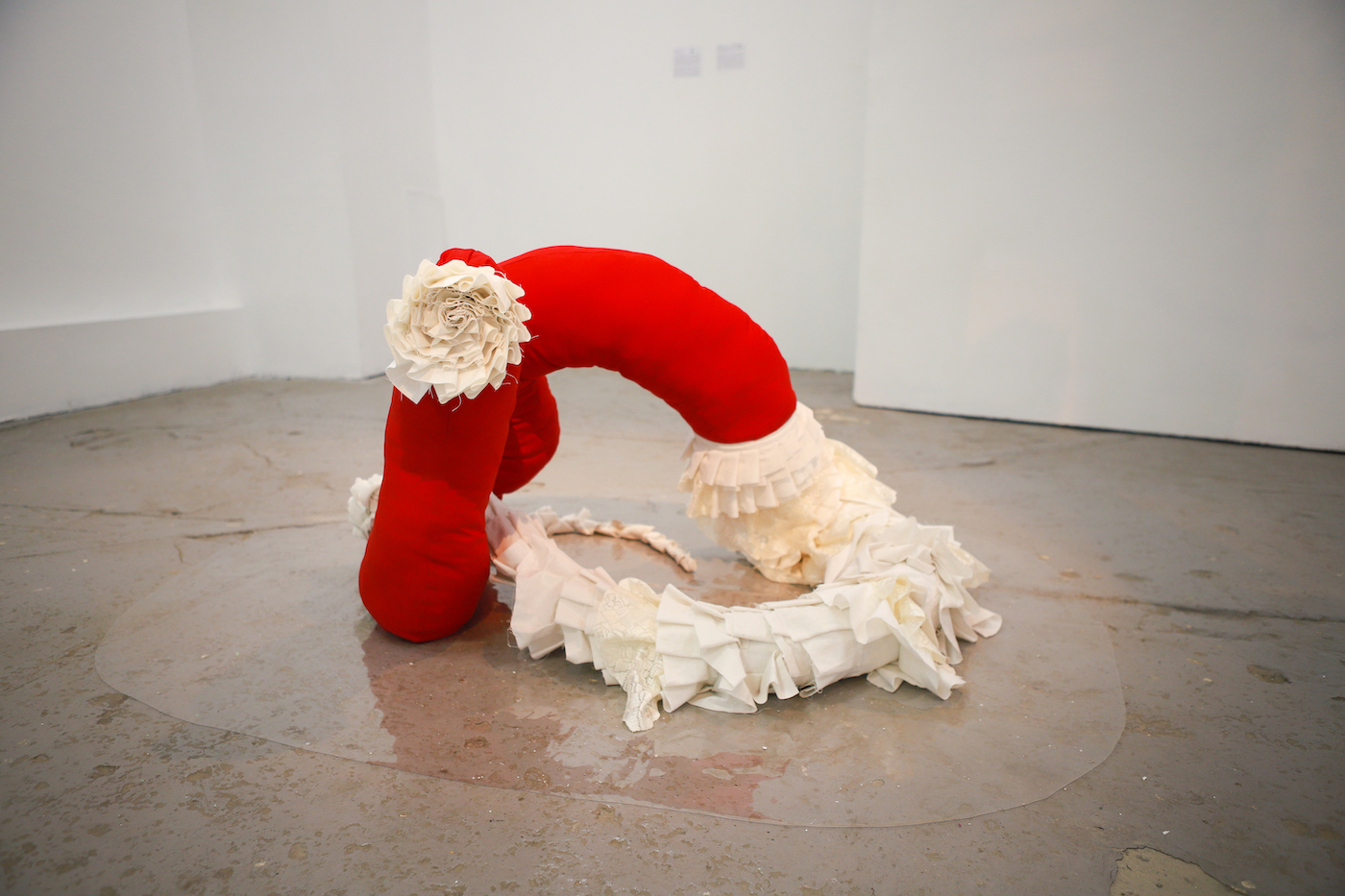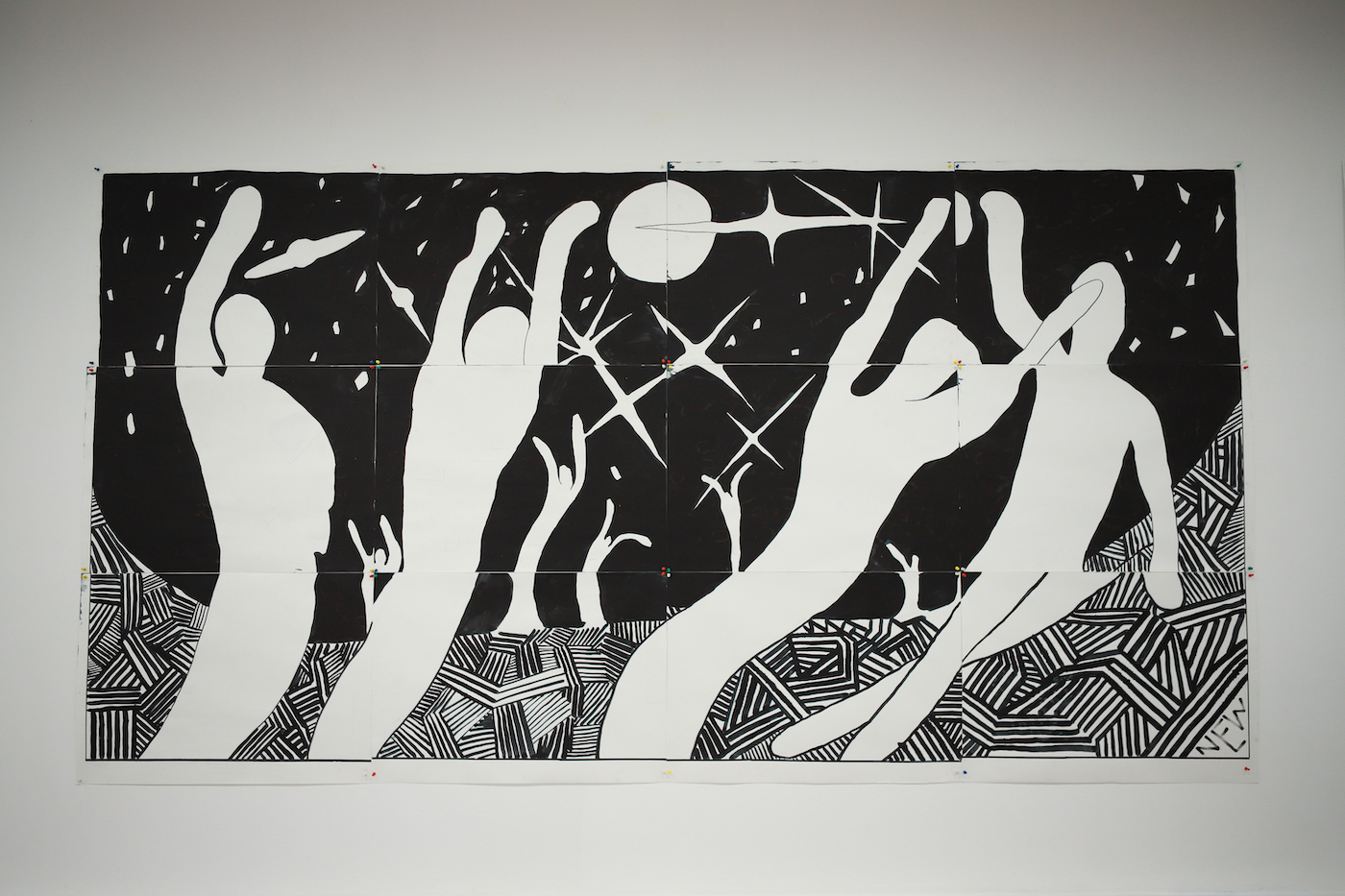The creative collective proving that for provincial artists, strength lies in numbers
The art scene in the provincial Russian city of Rostov-on-Don has always punched above its weight. Now collective Serpentarium is bringing it the world
Scrolling through the prolific Instagram account of the creative collective Serpentarium feels a little like being transported into a studio with a team of young artists.
Three curators — Vladimir Serykh, Leyly Aslanova, and Maya Nesterenko — set up Serpentarium in Rostov-on-Don, a city some 771 kilometres away from Moscow, not too far from the Russian border with Ukraine. Now the team is documenting Rostov’s cultural magnitude, preserving its wildness and authenticity, diversity and vibrancy.
Rostov’s art scene has always been distinctly its own. In the early 2000s, when Russia fell for heavy corporate glamour fuelled by generous petrol-based profits, artists in Rostov-on-Don took a more cynical tone. Local art group Zhaba i Chort (or Toad and Devil, in English) initiated a partisan war against consumerism by distributing satirical postcards that mocked the nightclub debauchery of the nouveau-riche. Artist Sergey Sapozhnikov explored the ephemeral power of graffiti, while musician Kasta started to channel urban wisdom in what would become the turning point for Russian rap.
Image: Julia Kovalenko
But as Rostov’s art scene grew, there was also more need for collective action. The local education system was failing to meet the needs of young artists. “It felt like mutual necessity. There were questions piling up and a will to resolve them,” says Serpentarium curator Maya Nesterenko.
Image: Julia Kovalenko
The name Serpentarium, or a den of snakes, was chosen to evoke the criticism and pugnacity often associated with the art world. Now, however, the founders regret picking such a name for a collective that for the most part is based on real friendship. “Most of the artists [in the laboratory] grew up with Instagram, absorbing values such as diversity and self-love that are streamed online,” says Leyly Aslanova. “They criticise with respect and appreciate diversity. Even if they don’t share another artist’s vision, they are eager to support each other.”

A group-exhibition Lin'ka (Molting). Image: Natasha Tsupko

A group-exhibition Lin'ka (Molting). Image: Natasha Tsupko
Every artist in Serpentarium finds their own form of expression. Veronica Strukova develops her own system of female archetypes, well-thought and carefully placed in her surreal existential paintings and textile art. Dave Masalov turns paintings into sculptures, mixing LED screens, sealing foam and barbed wire. Experimenting with materials is also typical for Margarita Ivanova, whose elaborate plastic sculptures appear both complete and lyrically fragile at the same time. Viktor Sovetkin explores the possibilities of optical art and typography, while Alexey Svyatnoy fuses decadence and monumental art.
But it is when these artists come together as a group, that the collective’s power becomes self-evident. Since its launch in September 2019, Serpentarium has organised three group exhibitions, one solo show, and a performance festival in MAKARONKA, Rostov’s major contemporary art center and Serpentarium’s main supporter. These exhibition openings tend to be the talk-of-the-town, especially in a city where cultural activity is still sporadic. “There is a strong romantic side to Serpentarium, in the way it looks and the way it really is, that makes other people want to be part of it,” says Leyly.

A group-exhibition Lin'ka (Molting). Image: Natasha Tsupko

A group-exhibition Lin'ka (Molting). Image: Natasha Tsupko
Serpentarium feeds that need by channelling their backstage work through Instagram. Slowly, the social media channel has grown into something of a phenomenon, endlessly re-emphasising that conceptual art is not a high-brow practice, but a group ritual nurturing freedom of expression and collective action. “When I see the laboratory members at work, I see enthusiasm, fun, idleness. This “work in progress” vibe is more inspiring and enjoyable than any sleek exhibition could be,” says curator Vladimir Serykh.
Image: Julia Kovalenko
There is a vivid sentimental side to the entire program that matters — the loving documentation of this “coming of age” moment for a passionate art community that is only finding its way of artistic expression. “I am basically in love with all these people — their faces, personality, their style. Filming them is my form of love. And I hope that in a few years they too will be able to see this beauty and the way they bind up together,” admits Aslanova.
Image: Julia Kovalenko
Serpentarium has limited its offline activities during the Covid-19 crisis, although the group is still working on its next exhibition, Things and Words, due to take place in Rostov’s V Poryadke bookshop as soon as the pandemic allows.
Collective work and new art, however, is still essential for Serpentarium: something they are happy to accept in all its forms. “We’re now entering our second stage, which is a lecture course on art theory and research,” says Aslanova. “Today, new art actors and influencers can be born online or by any other random, non-institutional way.”